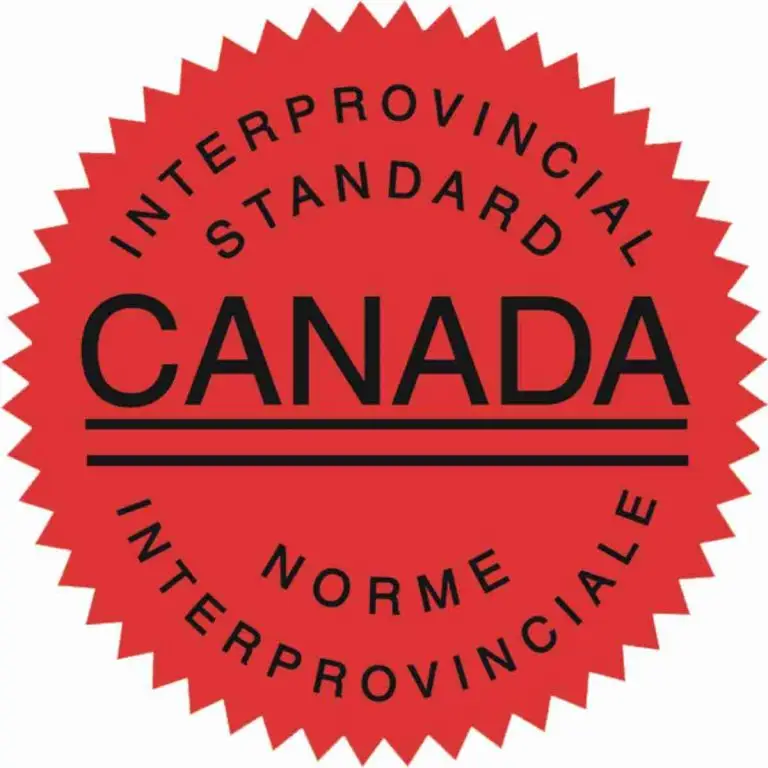
How to Identify Foundation Damage
Some Cracks Are Cosmetic. Others Are Warnings.
Your home sits on a foundation. But what happens when that foundation begins to shift?
Sometimes, the signs are dramatic — long vertical cracks, sloping floors, doors that stick shut like they’ve aged 30 years overnight.
But more often, the warnings are quiet. Subtle. Easy to ignore. And that’s where the real risk begins.
At UPR, we’ve spent over 20 years reading what homes try to tell us — and fixing the damage before it spreads.
What to Watch For
It doesn’t take an expert to spot trouble. It just takes paying attention.
Here’s what we tell homeowners:
Start downstairs. If your basement smells musty, the walls feel damp, or there’s water pooling near the floor — that’s not normal. It’s a sign moisture is getting in, and that moisture could be weakening your foundation from the inside out.
Next, move through the rest of the home. Look closely for:
Cracks in walls, especially near doors or ceilings
Floors that slope or bounce when you walk
Gaps between baseboards and walls
Windows or cabinets that suddenly won’t close
Cracks in exterior brickwork or the chimney
Each one of these might be a small thing.
Together? They tell a bigger story.
What Foundation Repair Actually Involves
Foundation repair isn’t about cosmetic patching.
It’s about restoring structural integrity — the kind that keeps your home safe for decades to come.
Depending on what we find, the solution might involve:
Underpinning – to stabilize or support weakened footings
Helical piles or piers – to lift and support sinking areas
Crack injections – to seal water intrusion and prevent further splitting
Realignment work – for homes already beginning to shift
Drainage improvements – because moisture is often the root cause
We may also perform elevation surveys or recommend engineering reports for serious damage. Not to upsell — but to get it right.
What Causes Foundation Trouble?
It’s not always what people think. You don’t have to live in an old home to experience serious issues. And most of the time, it’s not the builder’s fault — it’s nature, water, and time doing what they do best.
Here’s what we see most often:
Moisture Problems
Leaky basements, clogged gutters, or poor grading allow water to soak into the soil — swelling, shrinking, and shifting everything underneath.
Tree Roots & Soil Movement
Trees planted too close to the home can physically push against foundations. Add Toronto’s freeze-thaw cycles and clay-heavy soil, and you’ve got a recipe for uneven settling.
Plumbing Leaks
A slow, hidden leak beneath your slab can wash away support without ever making a sound. Rising water bills and damp patches in your lawn are often the only clues.
Poor Drainage
If water isn’t moving away from your home, it’s moving toward it. Downspouts, grading, and weeping tile failures are common culprits.
Why Call UPR?
Because most people wait until it’s too late.
They see the crack, shrug, and move on.
Then one spring, the basement shifts. The floor buckles. The cost triples.
We don’t scare you into repairs. We investigate. We explain. We help you make smart, informed decisions based on facts — not fear.
You’ll get a clean inspection, an honest quote, and a clear explanation of what’s happening beneath your feet.
Schedule Your Foundation Evaluation Today
Not all cracks are created equal. Some need sealing. Others need serious attention.
Let UPR take a look — with no pressure and no guesswork. We’ll help you understand what’s happening, why it matters, and how to fix it if needed.
Call now for a professional foundation inspection.
Protect what your home stands on — the UPR way.





